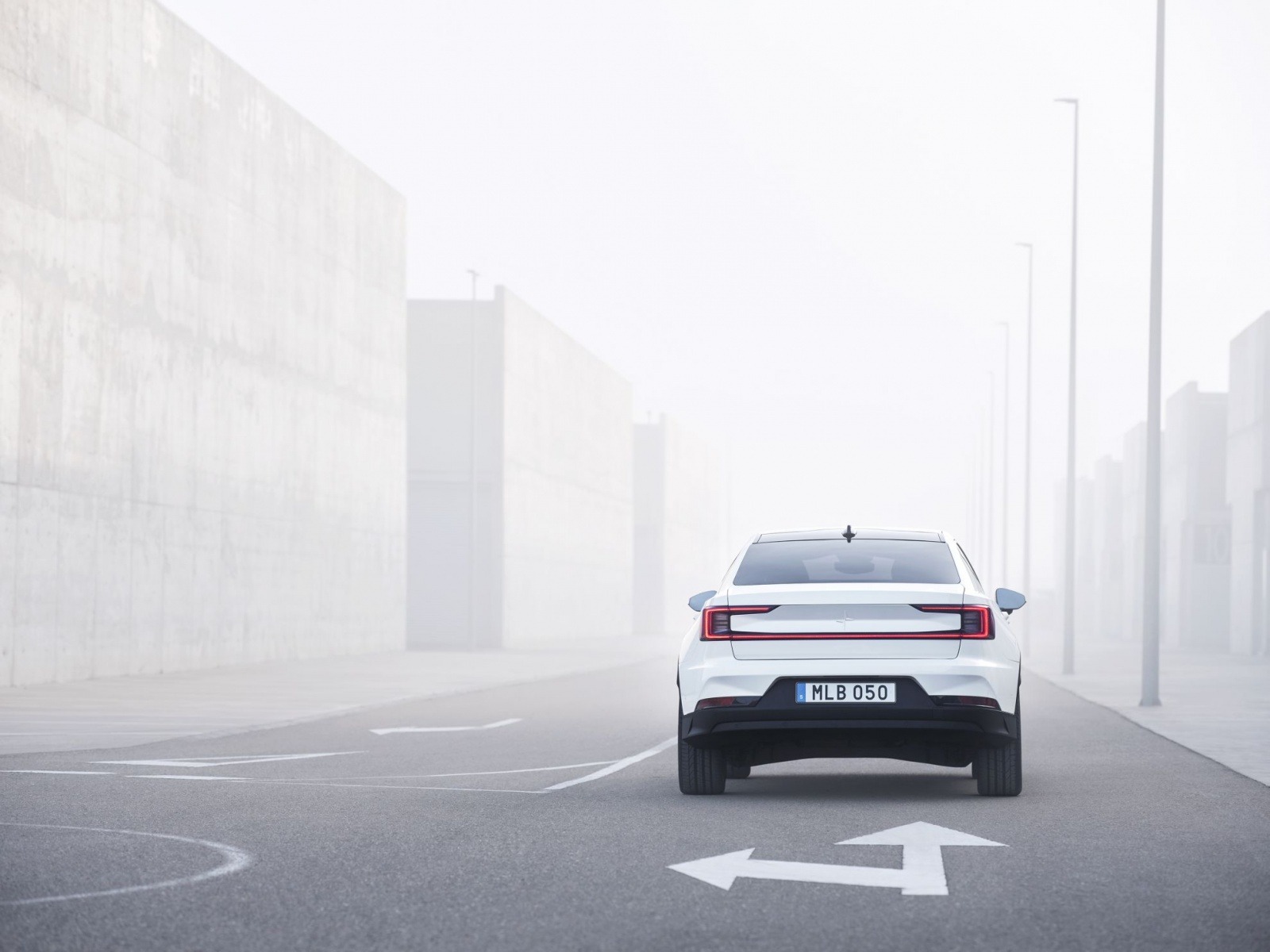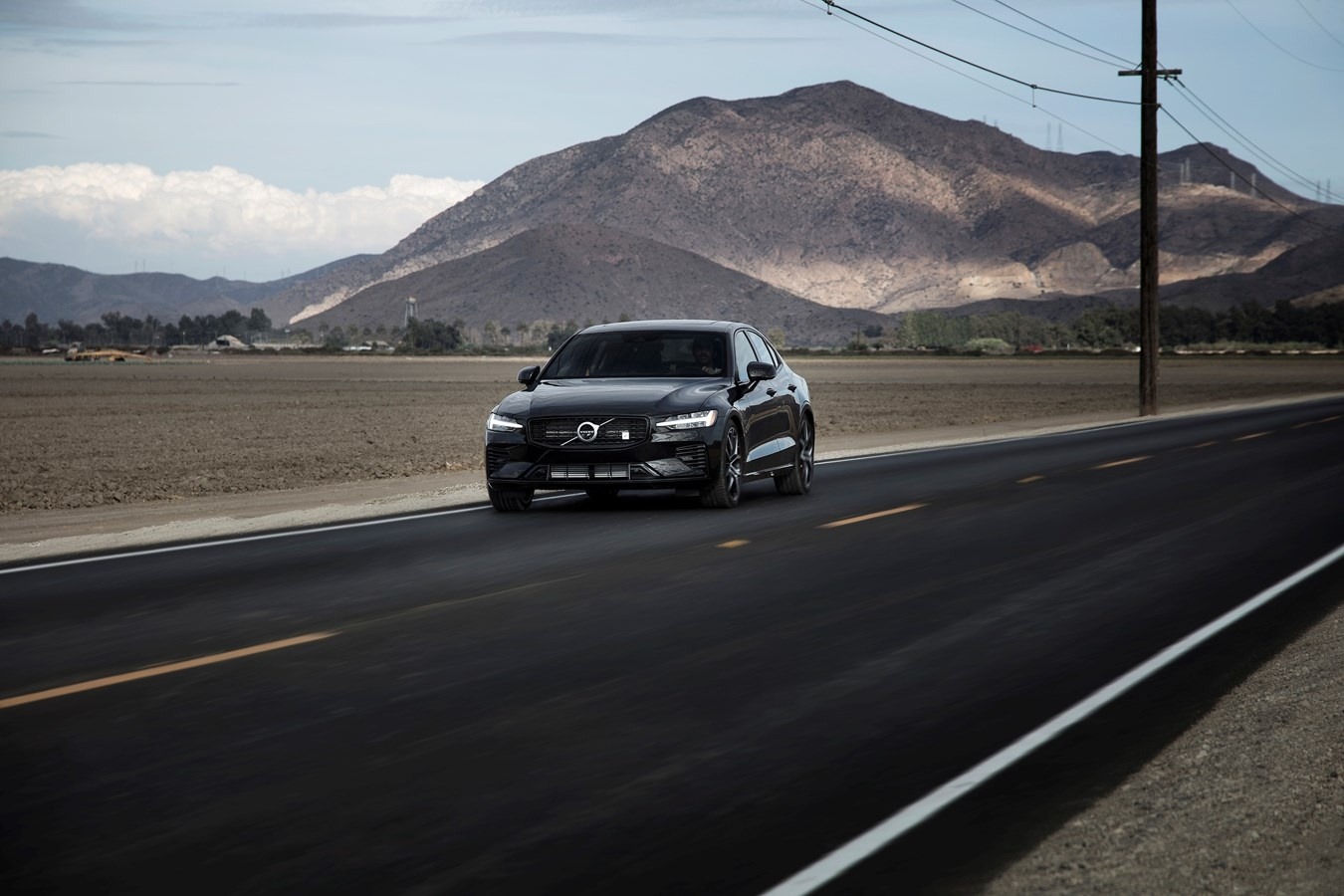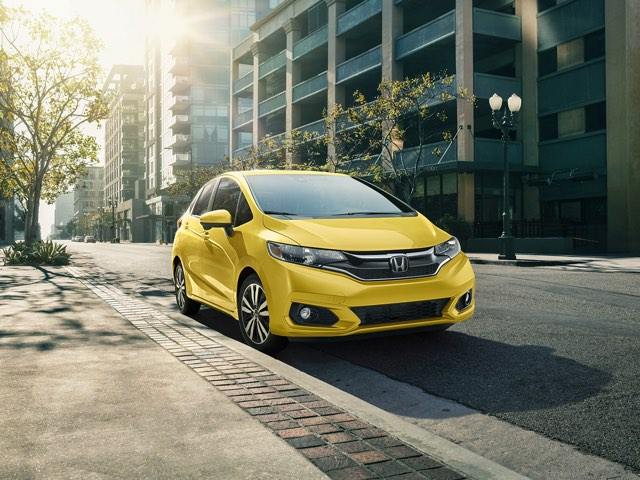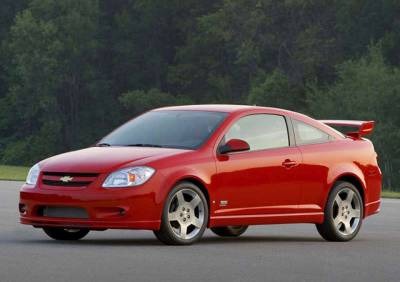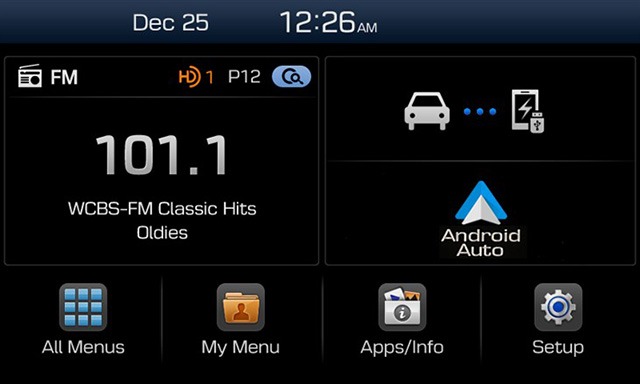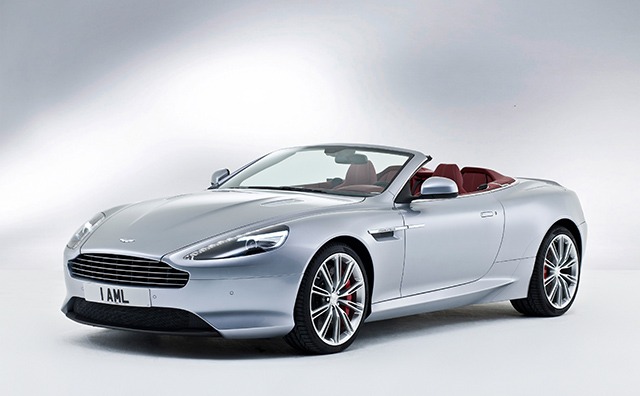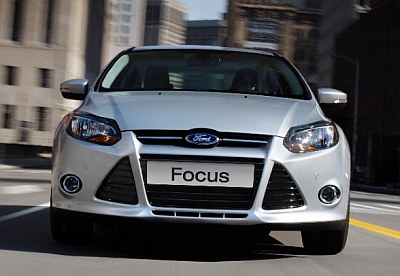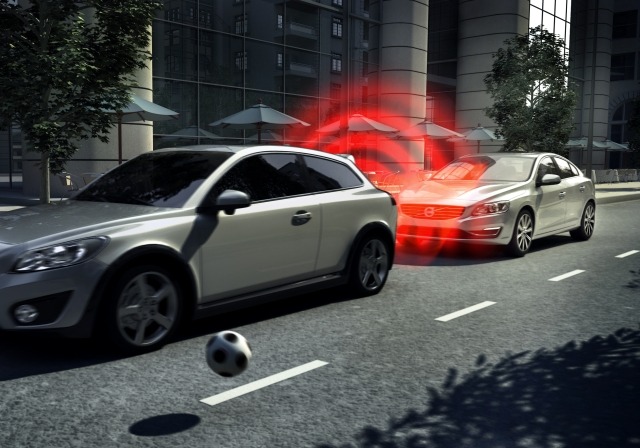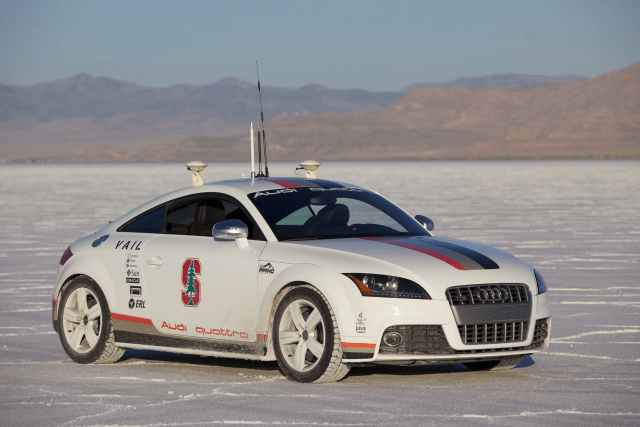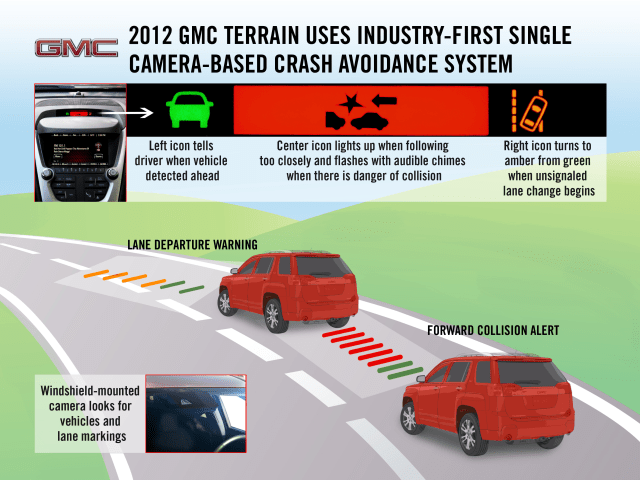Search the Community
Showing results for tags 'safety'.
-
Volvo caused a stir on Monday when it announced that it would begin setting a 112-mph top speed on all of its vehicles starting with the 2020 model year. The goal of the limit is to strive toward Volvo's Vision 2020 Plan to eliminate fatalities or serious injury in all Volvo new vehicles. That...
-
Volvo has announced that all 2020 Volvos will come with an electronically limited top speed of 180 kph or 112 mph. The move is in pursuit of its Vision 2020 goal to have no fatalities or serious injuries in a new Volvo by 2020. The company identified three remaining gaps in its plan, one of which...
-
Volvo has announced that all 2020 Volvos will come with an electronically limited top speed of 180 kph or 112 mph. The move is in pursuit of its Vision 2020 goal to have no fatalities or serious injuries in a new Volvo by 2020. The company identified three remaining gaps in its plan, one of which...
-
Honda is giving their smallest model its first significant update since it was redesigned for the 2015 model year. The 2018 Fit will now come with Honda Sensing suite of active safety equipment. Standard on EX and above, and optional on the LX and new Sport trim, Honda Sensing brings adaptive cr...
-
A group of ten automakers have agreed to equip all of their new vehicles with an automatic emergency braking (AEB) system in the near future. Audi, BMW, Ford, General Motors, Mazda, Mercedes-Benz, Tesla, Toyota, Volkswagen, and Volvo announced today they will work together with the Insurance In...
- 4 replies
-
- Automakers
- Automatic Braking
-
(and 2 more)
Tagged with:
-

Ten Automakers Agree On Making Automatic Braking Standard
William Maley posted an article in Automotive Industry
- 4 comments
-
- Automakers
- Automatic Braking
-
(and 2 more)
Tagged with:
-
In light of the GM Ignition Switch and Takata airbag recalls, you would think owners would be aware whether or not their vehicle has a notice and take it in to be repaired. Unfortunately, you would be wrong. Bloomberg reports that only two-thirds of vehicles get repaired. Even more worrying is a thi...
- 1 comment
-
- Automakers
- Consumers
-
(and 7 more)
Tagged with:
-
In light of the GM Ignition Switch and Takata airbag recalls, you would think owners would be aware whether or not their vehicle has a notice and take it in to be repaired. Unfortunately, you would be wrong. Bloomberg reports that only two-thirds of vehicles get repaired. Even more worrying is a thi...
- 1 reply
-
- Automakers
- Consumers
-
(and 7 more)
Tagged with:
-
The past few years in the automotive industry has seen an explosion in technologies - whether its dealing improving the overall safety of a vehicle or figuring out a way to hook up your smartphone. Some of the tech makes the driving experience better, while others don't. So what do consumers think...
- 2 comments
-
- Controls
- Infotainment
-
(and 4 more)
Tagged with:
-
The past few years in the automotive industry has seen an explosion in technologies - whether its dealing improving the overall safety of a vehicle or figuring out a way to hook up your smartphone. Some of the tech makes the driving experience better, while others don't. So what do consumers think...
- 2 replies
-
- Controls
- Infotainment
-
(and 4 more)
Tagged with:
-
Aston Martin could lose a big market in the U.S. if federal regulators don’t exempt the brand from an upcoming safety rule. The rule in question deals with new side-impact crash regulations that require vehicles to better withstand the impact from running into a pole or tree. This rule has been ph...
- 8 replies
-
- Aston Martin
- Dealers
-
(and 3 more)
Tagged with:
-
Aston Martin could lose a big market in the U.S. if federal regulators don’t exempt the brand from an upcoming safety rule. The rule in question deals with new side-impact crash regulations that require vehicles to better withstand the impact from running into a pole or tree. This rule has been ph...
- 8 comments
-
- Aston Martin
- Dealers
-
(and 3 more)
Tagged with:
-
CNG Safety CNG is one of the safest vehicle fuels available, CNG is safer than gasoline. According to the Federal Transit Administration. Data collected over time has demonstrated natural gas vehicles to be safe in actual operation. Based on a survey of 8,331 natural gas utility, school, municipa...
-
October 9th, 2013 Drew Dowdell Managing Editor - CheersandGears.com Ford of Europe demonstrated a new safety technology this week at their test facility in Lommel, Belgium. Dubbed "Obstacle Avoidance", the system will swerve around a stopped or slow moving object if it decides the driver hasn't t...
-
October 9th, 2013 Drew Dowdell Managing Editor - CheersandGears.com Ford of Europe demonstrated a new safety technology this week at their test facility in Lommel, Belgium. Dubbed "Obstacle Avoidance", the system will swerve around a stopped or slow moving object if it decides the driver hasn't t...
-
By William Maley Staff Writer - CheersandGears.com May 16, 2013 During a congressional hearing on crash-prevention features yesterday, the National Highway Traffic Administration's administrator David Strickland told the hearing that NHTSA was considering a new mandate to require new vehicles to...
- 20 replies
-
- Automatic Braking System
- NHTSA
-
(and 1 more)
Tagged with:
-
- 20 comments
-
- Automatic Braking System
- NHTSA
-
(and 1 more)
Tagged with:
-

CES 2013: Audi Gets Its Nevada Autonomous License
William Maley posted an article in Automotive Industry
-
William Maley Staff Writer - CheersandGears.com November 15, 2012 The National Transportation Safety Board announced their 2013 Most Wanted safety list which is used to "increase awareness of, and support for, the most critical changes needed to reduce transportation accidents and save lives." On...
- 7 replies
-
- Collision-Avoidance
- NTSB
-
(and 2 more)
Tagged with:
-

NTSB: Make Collision-Avoidance Tech Standard On All Cars
William Maley posted an article in Automotive Industry
William Maley Staff Writer - CheersandGears.com November 15, 2012 The National Transportation Safety Board announced their 2013 Most Wanted safety list which is used to "increase awareness of, and support for, the most critical changes needed to reduce transportation accidents and save lives." On...- 7 comments
-
- Collision-Avoidance
- NTSB
-
(and 2 more)
Tagged with:


